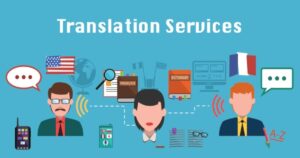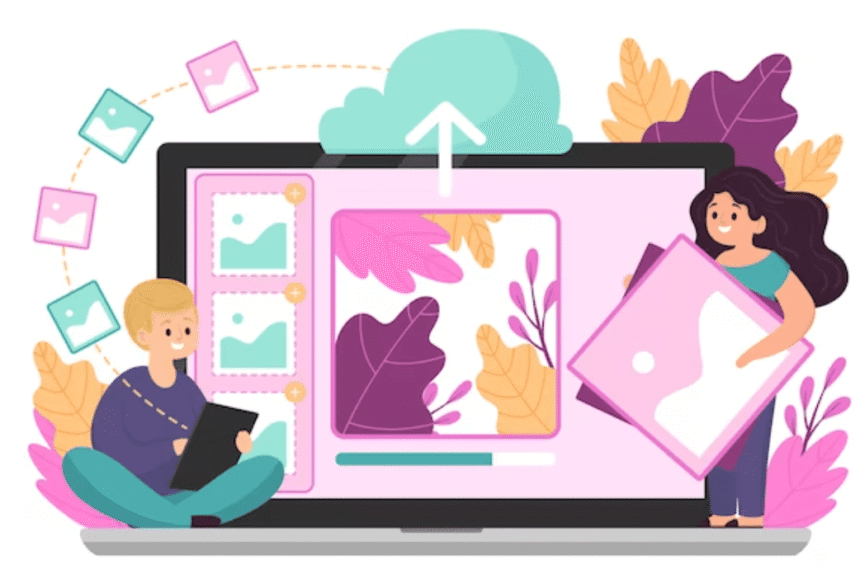In today’s interconnected world, the ability to translate languages has become more important than ever. Whether you’re a business owner expanding globally, a traveler exploring new cultures, or a student learning a new language, translation plays a vital role in breaking down language barriers.
In this comprehensive guide, we’ll explore everything you need to know about translation, including its importance, types, tools, and tips for effective translation.
What Does “Translate” Mean?
At its core, to translate means to convert text or speech from one language into another while preserving its original meaning. Translation is not just about swapping words; it’s about conveying the context, tone, and cultural nuances of the source language into the target language.
Why Is Translation Important?
Translation is essential for fostering communication and understanding across different languages and cultures. Here are some key reasons why translation matters:
- Global Business Expansion: Companies can reach international markets by translating their websites, marketing materials, and product descriptions.
- Cultural Exchange: Translation allows people to access literature, films, and art from other cultures.
- Education: Students and researchers can access academic resources in different languages.
- Travel and Tourism: Translation helps travelers navigate foreign countries and communicate with locals.
- Legal and Medical Needs: Accurate translation is critical in legal documents, medical records, and contracts.
For more insights on global trends and communication, visit TrendsMag.
Types of Translation
Translation can be categorized into several types based on the purpose and medium. Here’s a breakdown:
1. Document Translation
- Used for translating written materials such as books, manuals, and reports.
- Common in business, legal, and academic fields.
2. Website Translation
- Involves translating websites to make them accessible to a global audience.
- Often includes localization to adapt content to cultural preferences.
3. Technical Translation
- Focuses on translating technical documents like user manuals, engineering specifications, and software guides.
- Requires subject-matter expertise.
4. Medical Translation
- Involves translating medical records, prescriptions, and research papers.
- Accuracy is critical to avoid life-threatening errors.
5. Legal Translation
- Used for contracts, court documents, and legal agreements.
- Requires knowledge of legal terminology in both languages.
6. Audio and Video Translation
- Includes dubbing, subtitling, and voice-over for films, TV shows, and online videos.

Tools and Technologies for Translation
Advancements in technology have revolutionized the translation industry. Here are some popular tools and technologies:
1. Machine Translation (MT)
- Examples: Google Translate, DeepL, Microsoft Translator.
- Pros: Fast and cost-effective.
- Cons: May lack accuracy and cultural context.
2. Computer-Assisted Translation (CAT) Tools
- Examples: SDL Trados, MemoQ, Wordfast.
- Features: Translation memory, terminology management, and quality assurance.
- Ideal for professional translators.
3. Human Translation
- Performed by professional linguists.
- Pros: High accuracy and cultural sensitivity.
- Cons: Time-consuming and expensive.
4. Hybrid Translation
- Combines machine translation with human editing.
- Balances speed and quality.
Tips for Effective Translation
To ensure accurate and meaningful translations, follow these tips:
- Understand the Context: Familiarize yourself with the subject matter and target audience.
- Use Simple Language: Avoid idioms, slang, and complex sentences that may not translate well.
- Leverage Translation Tools: Use CAT tools to maintain consistency and speed up the process.
- Proofread and Edit: Always review the translation for errors and inconsistencies.
- Hire Professionals: For critical projects, work with experienced translators or agencies.
Common Challenges in Translation
Translation is not without its challenges. Here are some common issues:
- Cultural Nuances: Words and phrases may have different meanings in different cultures.
- Idiomatic Expressions: Phrases like “break the ice” may not have direct equivalents in other languages.
- Technical Jargon: Specialized terms require subject-matter expertise.
- Ambiguity: Some words or sentences can be interpreted in multiple ways.
Table: Comparison of Translation Methods
| Method | Speed | Accuracy | Cost | Best For |
|---|---|---|---|---|
| Machine Translation | Very Fast | Moderate | Low | Quick, informal translations |
| Human Translation | Moderate | High | High | Critical, nuanced translations |
| Hybrid Translation | Fast | High | Moderate | Balancing speed and quality |
The Future of Translation
The translation industry is evolving rapidly, thanks to advancements in artificial intelligence and machine learning. Here are some trends to watch:
- Neural Machine Translation (NMT): AI-powered systems that improve translation quality by understanding context and nuances.
- Real-Time Translation: Devices and apps that provide instant translation during conversations.
- Localization: A growing focus on adapting content to specific cultural and regional preferences.
- Voice Translation: Tools that translate spoken language in real time.
For the latest updates on technology and trends, check out TrendsMag.
Conclusion
Translation is a powerful tool that bridges language gaps and connects people across the globe. Whether you’re using machine translation for quick tasks or hiring professionals for critical projects, understanding the basics of translation can help you make informed decisions.
If you’re looking for more insights on global trends, technology, and communication, visit TrendsMag for expert articles and resources.





